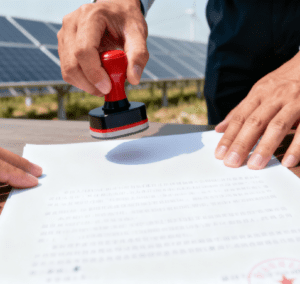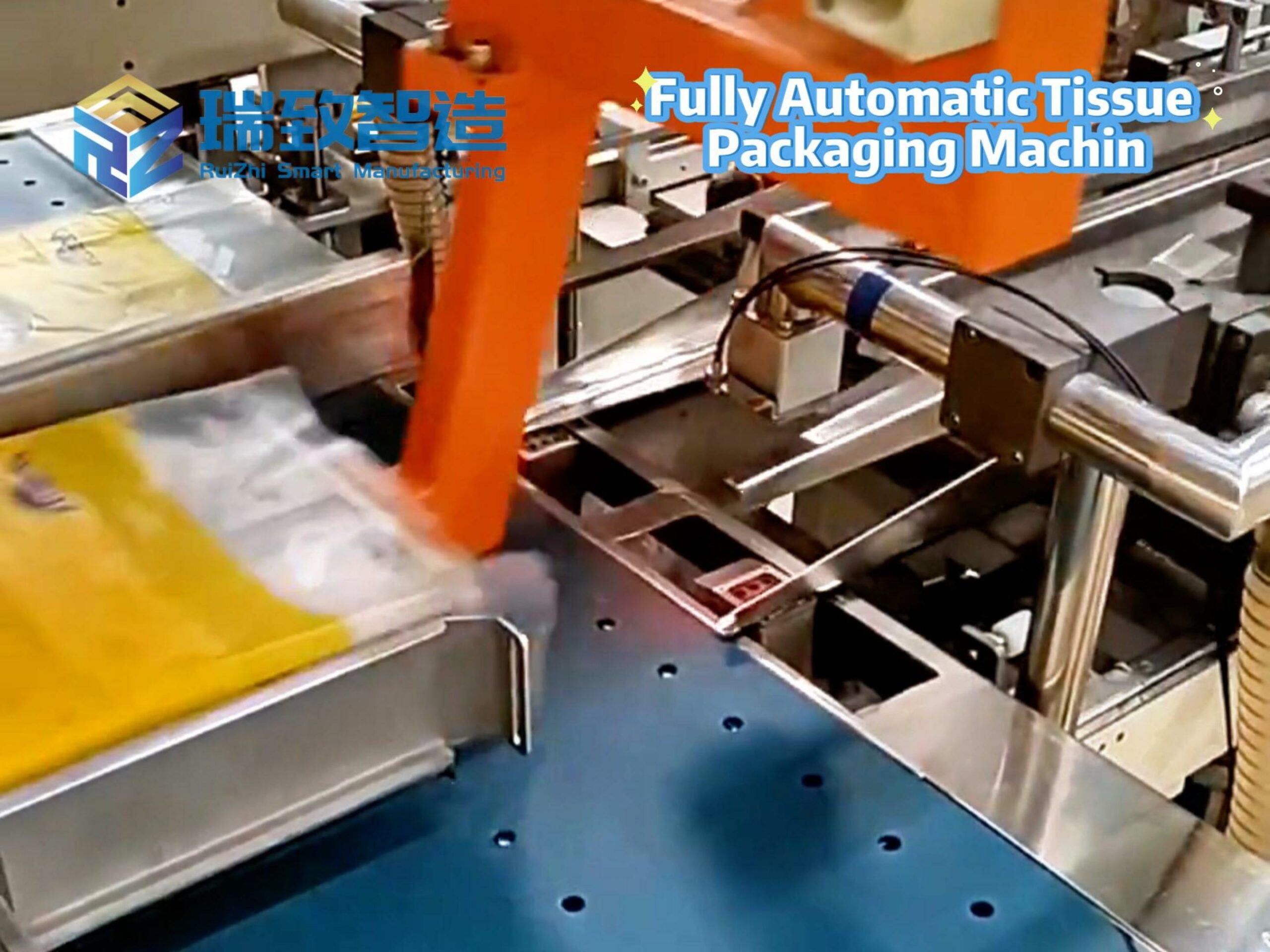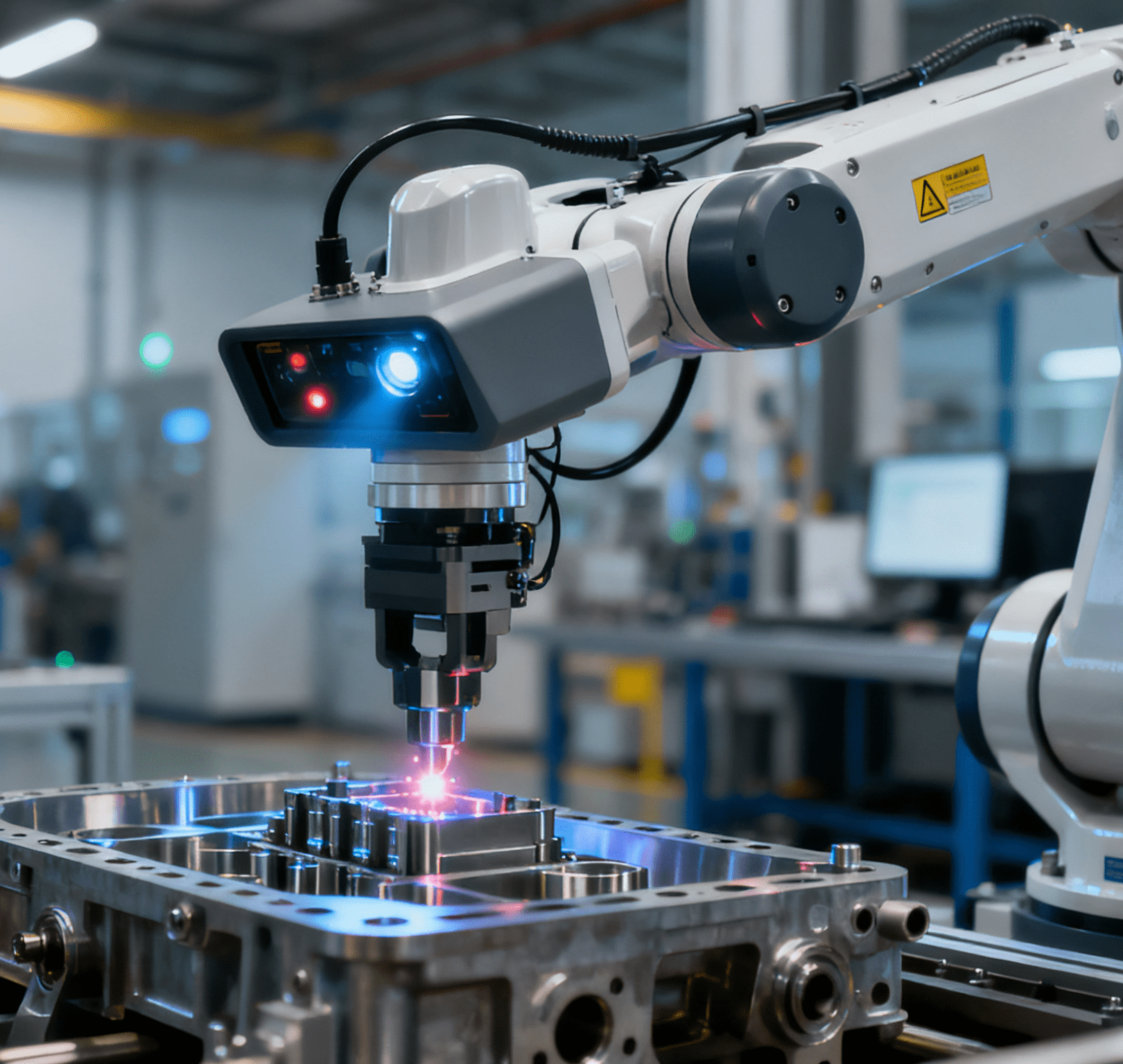
Once bustling PV industrial parks now stand silent, with production lines idle and mechanical equipment at a standstill. PV module prices continue to plummet to new lows, and capacity utilization rates have dropped sharply. This once golden track, which attracted a flood of capital, is now experiencing an unprecedented cold winter. A profound and ruthless industry shakeout is accelerating. Even some enterprises that attempted cross-industry diversification during the industry’s boom—such as exploring the R&D and production of syringe automatic multi dose purpose (automatic multi-dose syringes) while venturing into PV—have found their scattered resources overwhelmed by the dual pressures of industry downturn and cross-sector operational challenges, further forcing them to streamline business layouts.
Fading Glory: The Exit Wave of Cross-Border PV Enterprises
When the PV industry stepped into this harsh winter, the first to feel the biting chill were the cross-border players who flocked in during the industry’s peak. Their exit was filled with helplessness and haste.
Delixi Co., Ltd.’s cross-border journey can be described as a “roller coaster ride.” In 2021, Delixi Co., Ltd. announced that its wholly-owned subsidiary, Delixi Solar Energy, had signed a Long-Term PV Glass Procurement Agreement with 10 wholly-owned subsidiaries of Longi Green Energy Technology Co., Ltd., with the estimated total contract value reaching approximately 5.531 billion yuan. However, in July 2025, Delixi Co., Ltd. issued an announcement stating its decision to cease the production and operation of its PV subsidiary. Public data shows that Delixi Co., Ltd. is a company specializing in the R&D, manufacturing, and sales of various glass products.
*ST Lukang also recently announced the transfer of equity in three of its PV subsidiaries. The company entered the PV sector two years ago, hoping to explore new growth opportunities through business transformation. In January 2023, *ST Lukang released an announcement to acquire Lukang Yushan for a total cash consideration of 95 million yuan, forming a dual-core business model of “animal health products + PV film products.” In September 2025, however, *ST Lukang proposed to sell 100% equity of three subsidiaries, including Lukang Yushan, to Jiangxi Raoxin New Energy Materials Co., Ltd. at a price of 0 yuan. Nevertheless, according to *ST Lukang’s announcement on September 21, 2025, there remains uncertainty as to whether this equity transfer will be ultimately completed.
On the evening of September 22, 2025, Fusen Pharmaceutical issued an announcement stating its plan to sell 100% equity of its wholly-owned subsidiary, Henan Fusen Intelligent Energy-Saving Technology Co., Ltd., to Henan Xisheng Industrial Development Co., Ltd. for 73 million yuan. The target of the transaction, Fusen Intelligent Energy-Saving, mainly operates PV power generation systems and currently owns three PV systems with installed capacities of approximately 6.09 MW, 6.38 MW, and 14.89 MW respectively. In the announcement, Fusen Pharmaceutical noted that its core business is the manufacturing and sales of pharmaceuticals; the original intention of engaging in the PV business was to support internal power demand and generate external revenue, but it is not a core focus of the group. This sale is intended to align with the long-term strategy of streamlining operations and focusing on core business priorities, and will not have a significant impact on the company’s daily pharmaceutical production and operations.
On October 14, 2025, Yonghe Intelligent Control announced its plan to publicly list for transfer 51% of the shares in its holding subsidiary, Pule New Energy Technology (Taixing) Co., Ltd., as well as all the claims owed by the company to Taixing Pule. The combined initial listing reserve price for the above-mentioned equity and claims is no less than 30.49 million yuan. As early as August 6, 2025, Yonghe Intelligent Control had already bid farewell to its cross-border PV journey. According to the announcement, Cao Deli, the company’s controlling shareholder and actual controller, intended to transfer 8% of the shares it held in CCCC PV for 320 million yuan; upon completion of the transaction, Yonghe Intelligent Control would no longer hold any equity in CCCC PV. As an enterprise with fluid control equipment as its core business, Yonghe Intelligent Control lacked technical accumulation and industrial chain resources in the PV sector, and its model of entering the track solely through equity cooperation was inherently fragile. Under the dual impact of intensified industry competition and market fluctuations, exiting the PV sector may be a “loss-stopping” measure for the company.
In August 2025, Zhenhua Heavy Industries, a leading enterprise in the construction machinery sector, announced that it would transfer all the equity it held in CCCC PV to China Urban-Rural Development Group Co

., Ltd. through a non-public agreement transfer, citing “focusing on core responsibilities and businesses, and optimizing resource allocation,” thus formally withdrawing from the PV sector. Earlier, Zhenhua Heavy Industries had laid out its PV power station business by taking a stake in CCCC PV.
Huadong Heavy Machinery, which focuses on port machinery as its main business, once planned to invest 8 billion yuan in cross-border PV module and power station development. However, less than two years after the project was launched, in the first half of 2025, the company announced the termination of all PV-related investments and the transfer of some completed module production capacity to leading enterprises at a low price.
At the same time, some small and medium-sized PV enterprises are also facing operational pressure. Fuyang Ronglian PV Technology Co., Ltd. has entered bankruptcy proceedings due to debt issues, and the liquidation process of Heilongjiang Zhuangjing PV Agricultural Technology Co., Ltd. is also advancing. These situations reflect the in-depth adjustment that the current PV industry is undergoing.
Common Causes: The Brutal “Involution” in the Industry
The price war is the direct trigger. PV module prices have dropped by more than 30% compared with 2023, leaving most enterprises in the industry trapped in a production dilemma of “negative gross profit margins.” The root cause lies in the severe overcapacity across the entire industrial chain caused by the massive influx of capital in the early stage; the complete imbalance between supply and demand has triggered this costly war of attrition with no winners.
Policy Shift: Accelerating Enterprises’ “Exit”
The shift in policy direction is another major factor driving enterprises to divest their PV businesses. Today, the focus of policies has shifted from “scale expansion” to “quality and efficiency improvement,” prompting many enterprises that do not align with the new direction to take the initiative to “exit.” Since 2024, the national government has gradually tightened the approval of PV projects, focusing on supporting high-efficiency application scenarios such as distributed PV and BIPV (Building-Integrated Photovoltaics), while reducing support for traditional centralized PV projects. For enterprises like Fusen Pharmaceutical that focus on traditional PV installation and operation, the weakening of policy support means a narrowing market space.
Unique Dilemma for Cross-Border Players: “Acclimatization”
Cross-border enterprises generally suffer from the strategic short-sightedness of “prioritizing capital over technology.” They underestimated the high technical barriers and rapid technological iteration of the PV industry, believing that they could gain a share of the market with capital alone. During the industry’s rapid development period, these challenges may be overshadowed by growth opportunities; however, when the industry enters an adjustment phase, professional operation capabilities and technical accumulation become particularly important.
For cross-border players, their core business may be the “shield” against market uncertainties. Any diversified expansion that deviates from core capabilities—whether into PV or fields like syringe automatic multi dose purpose products—may become a “financial black hole” dragging down the enterprise. For “professional players,” in a technology-driven industry, they must remain highly sensitive to technological changes and elevate cost control and cash flow management to the strategic level of survival.
Learning from painful experiences, new life emerges after growing pains. From the perspective of industry development, this round of adjustment will help promote the optimization and reorganization of the industrial chain. Eliminating backward production capacity through market mechanisms and driving industrial technological upgrading will create conditions for healthy development in the next stage. In this process, enterprises need to place greater emphasis on technological innovation and differentiated competition to enhance their core competitiveness.




















